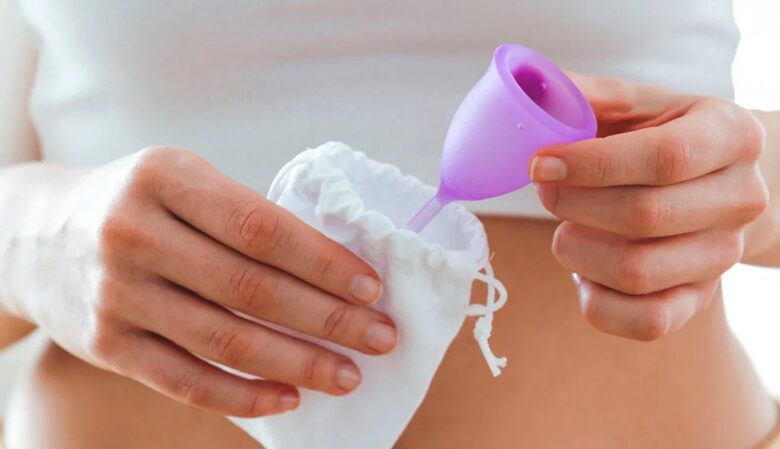
For numerous women, the adoption of menstrual cups has turned into a common occurrence. Regarded as an environmentally friendly substitute for tampons and sanitary pads, a growing number of women globally are adopting them.
Nonetheless, healthcare professionals are now cautioning against their use — recent research shows that an improperly placed menstrual cup could cause more severe issues like kidney complications, rather than just leakage. Physicians in the British Medical Journal emphasize how a poorly fitting menstrual cup caused one woman to experience uterohydronephrosis — a condition characterized by a swollen kidney due to obstructed urine flow into the bladder.
The medical report indicates that a 30-year-old patient sought treatment because of recurring side pain and blood present in her urine for six months. Unable to endure the suffering, she sought help from medical professionals, who conducted a series of tests on her.
Imaging revealed an enlarged right kidney and ureter — the duct that transports urine from the kidneys. The scans indicated that the woman’s menstrual cup was positioned adjacent to the ureter’s entrance into the bladder.
As a result, the doctors advised her to refrain from using a cup for a month and requested that she come back for tests afterward. Upon her return for the second round of tests, the swelling had lessened and she reported no discomfort or bleeding. Additionally, her urinary function was normal. Doctors concluded that the placement of the menstrual cup had blocked the flow of urine, leading to ureterohydronephrosis.
Half a year later, when the woman came back for tests and follow-up appointments, she had grown cautious about using the menstrual cup, concerned about potential complications.
Menstrual cups, crafted from silicone, have gained significant popularity in recent years. Individuals who utilize menstrual cups praise the product for being reusable and eco-friendly. They are also durable — they can last for up to 12 hours before needing to be emptied.
But are they secure? An earlier study released in The Lancet Public Health indicated that menstrual cups are safe for use and might be equally effective as other hygiene products in preventing leaks. The article also mentioned that the cup could serve as a practical choice in low-income nations, where obtaining menstrual supplies may be difficult and expensive in isolated regions.
Studies also indicated that there were no heightened health risks linked to the use of the menstrual cup. They stated that menstrual cups did not adversely affect the vaginal flora — the bacteria residing in the vagina — which could result in infections or vaginal discharge.
The research also alleviated fears and apprehensions about toxic shock syndrome (TSS). For those who don’t know, TSS results from the bacteria known as staphylococcus aureus, or Staph, and usually happens when adequate hygiene, like washing hands before inserting or removing the menstrual cup, is neglected. In severe instances of TSS, it may lead to dizziness. Nonetheless, the research demonstrated that there was minimal evidence to support the idea that menstrual cups could lead to TSS.
Other medical professionals have also discovered that when utilized correctly, the likelihood of serious side effects is very uncommon with menstrual cups.






